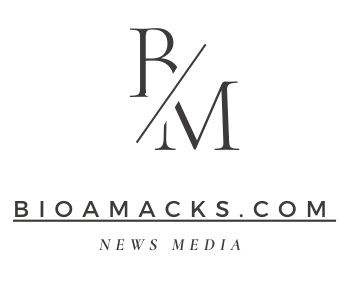This year began with three uncomfortably hot inflation readings in a row. Economists are hoping that fresh data on Wednesday will finally bring signs of a cool-down.
Forecasters expect the Labor Department report to show that the Consumer Price Index climbed 3.4 percent in April from a year earlier. That would mark a slight slowing from the 3.5 percent inflation rate in March.
Economists tend to focus on a separate measure of inflation that strips out volatile food and fuel prices to give a better sense of the underlying trend. They expect that “core” measure to show prices rose 3.6 percent from a year earlier, which would be the lowest annual reading since early 2021.
Wednesday’s data carries crucial implications for policymakers at the Federal Reserve, who are weighing when — and even whether — to cut interest rates.
Inflation fell rapidly last year, giving rise to hopes that the Fed was on the verge of succeeding in its effort to rein in price increases without causing a recession, and that the central bank could soon begin cutting interest rates. But progress has since stalled, and investors have all but given up hope of rate cuts before September.
An encouraging inflation report on Wednesday is unlikely to change that. But it could be a step toward giving policymakers confidence that inflation is returning to normal, which they have said they need before they begin cutting rates, which are currently set at about 5.3 percent.
“It feels like a big one,” Sarah House, senior economist at Wells Fargo, said of the report. “It’s crunchtime if the Fed’s going to get in a cut this year.”
But if April price data comes in hotter than anticipated — as has happened repeatedly in recent months — policymakers could conclude that high rates need more time to bring inflation to heel. Speaking at an event in Amsterdam on Tuesday, Jerome H. Powell, the Fed chair, reiterated that recent inflation readings had made him more cautious about cutting rates.
“We did not expect this to be a smooth road, but these were higher than I think anybody expected,” he said. “What that has told us is that we will need to be patient and let restrictive policy do its work.”
Any further delay would be bad news for investors, who have been eagerly anticipating lower rates, and for low- and moderate-income Americans, who are increasingly struggling to manage the burden of higher borrowing costs. Data from the Federal Reserve Bank of New York on Tuesday showed that a rising share of borrowers are falling behind on their credit card bills as rates on those debts have skyrocketed.
Economists see reasons for optimism. The unexpected pickup in inflation in March was driven in part by big price increases in a few specific categories, including car insurance and medical care. Those gains are unlikely to persist at that rate for more than a few months. And inflation in recent years has tended to taper off as the year has progressed.
But prices in one part of the economy have proved particularly stubborn lately: housing. For more than a year, forecasters have been predicting that the government’s measure of housing inflation would ease, citing private-sector data showing rent increases slowing.
Instead, housing costs in the Consumer Price Index have continued to rise rapidly, particularly for homeowners. And now some private-sector measures have begun to show a pickup as well.
“The narrative on rents was that they were going to continue to soften as 2024 played out,” said Rick Palacios Jr., director of research for John Burns Research and Consulting, a real estate data firm. “We don’t see that. If anything, we see it picking up.”
Housing is by far the largest monthly expense for most families, which means it also plays an outsize role in inflation calculations. If rents keep rising at their current rate, it will be hard for inflation overall to return to normal.
So far, the Fed has managed to wage its war on inflation without causing much damage to the labor market, defying predictions that high interest rates would inevitably cause a large increase in unemployment.
But as the fight drags on, some economists are once again becoming concerned that the Fed will prove unable to control inflation fully without slowing the economy so much that people lose their jobs. Job growth slowed more than expected in April, and the unemployment rate has gradually crept up.
“The labor market has held up so well,” Ms. House said. “But the longer we keep interest rates where they are, the more I get worried about the labor market side.”




